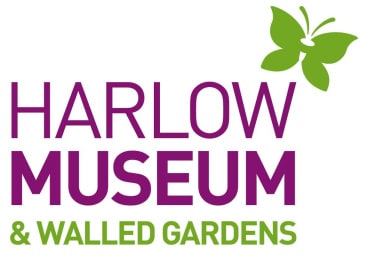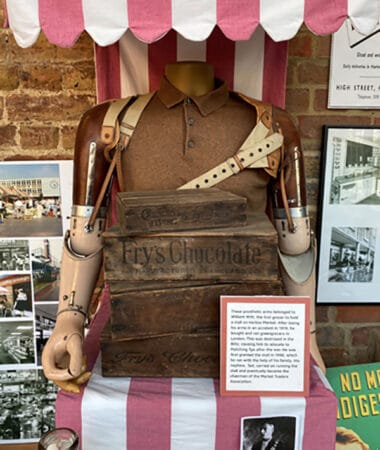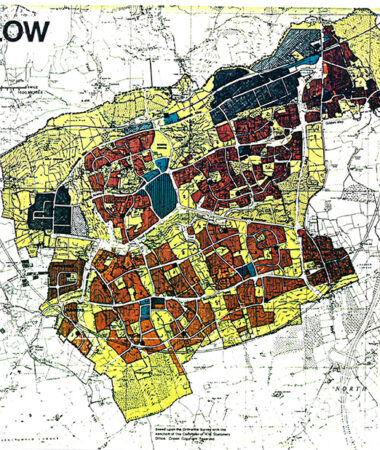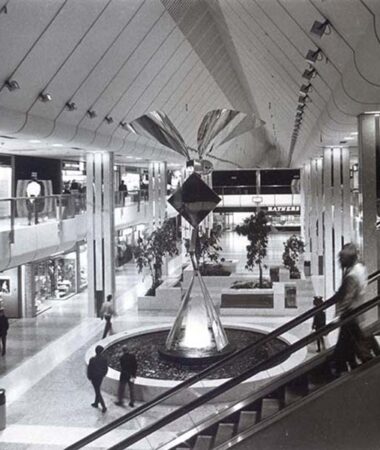History of the New Town
On the 25th of March 1947, Harlow was designated as New Town to cope with London’s rapidly growing population post WWII. The museum has an extensive collection of records, artefacts and material related to the New Town. These include Harlow Town Corporation plans, photographs from 1940s-1980s, household items such as clothing, electronics, jewellery, clocks, TV, radios, and much more.
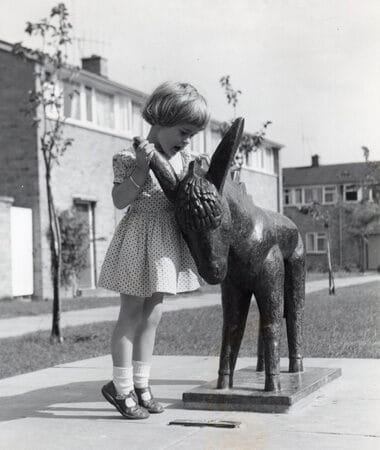
New towners
Many people moved with the promise of a brighter future after the Second World War, choosing to make their homes in New Towns. Harlow was the second New Town built after the war, since then, it has grown and changed in many ways, however the legacy of the New Town is still represented in the original neighbourhoods and hatches. Some of the first New Towners were people who owned businesses or had a specific trade. Mark Hall was the first neighbourhood to be built with a range of housing options including flats, maisonettes and houses, plus various community groups and events.
Sir Frederick Gibberd
Sir Frederick Gibberd was appointed Master Planner, the Master Plan split the town into several neighbourhoods each with housing, shops, schools and green spaces. Harlow differed from other New Towns as it almost completely rural and agricultural, with a population of 4,400. Gibberd incorporated the original green space of the area to develop plans for the New Town. The town took 40 years to complete and was finally finished in 1980.
